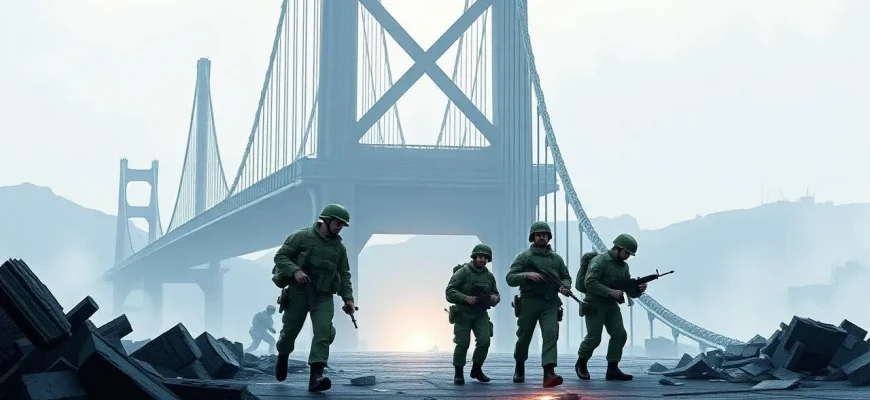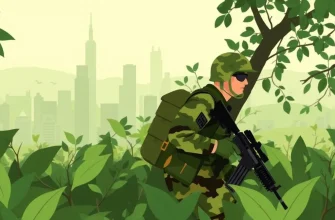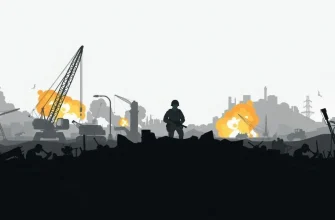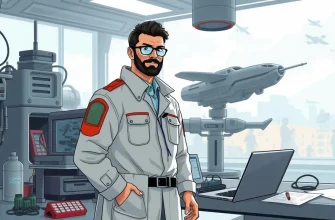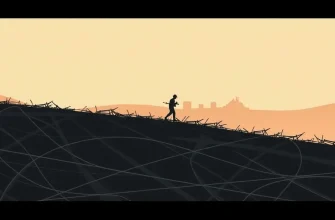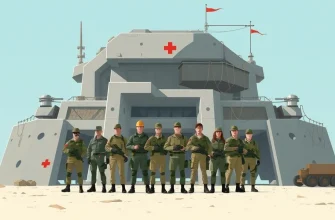War films often highlight the bravery and sacrifice of soldiers, but they also shine a light on the incredible engineering feats that have shaped the outcomes of conflicts. This curated list of 10 films delves into the world of military engineering, showcasing the strategic importance of infrastructure, fortifications, and technological advancements in warfare. From the construction of bridges under fire to the development of secret weapons, these movies offer a unique perspective on how engineering has played a pivotal role in military history, providing both entertainment and education for those fascinated by the intersection of technology and conflict.
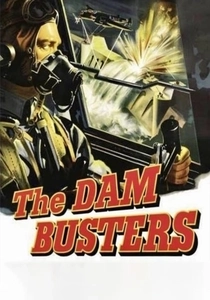
The Dam Busters (1955)
Description: This film tells the story of the RAF's 617 Squadron and their mission to destroy German dams using a specially designed bouncing bomb, showcasing the engineering ingenuity behind the operation.
Fact: The bouncing bomb was a real invention by Barnes Wallis, and the film accurately depicts the technical challenges of the mission.
 Watch Now
Watch Now 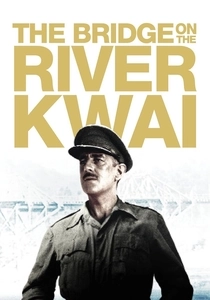
The Bridge on the River Kwai (1957)
Description: This classic war film focuses on the construction of a railway bridge by British POWs in Burma during WWII, highlighting the engineering challenges and the moral dilemmas faced by the characters.
Fact: The film was shot on location in Sri Lanka, and the bridge was actually built for the movie, though it was later destroyed for the climax.
 Watch Now
Watch Now 
The Guns of Navarone (1961)
Description: A team of Allied commandos must destroy a seemingly impregnable German fortress that houses two massive long-range guns, showcasing the engineering challenges of such a mission.
Fact: The film was based on a novel by Alistair MacLean, who was known for his attention to military detail.
 Watch Now
Watch Now 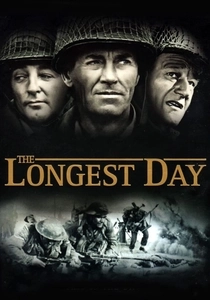
The Longest Day (1962)
Description: While primarily a D-Day epic, this film includes scenes of the engineering efforts to build the Mulberry harbors, which were crucial for the success of the Normandy landings.
Fact: The film was shot in black and white to give it a documentary feel, and it features a large ensemble cast including John Wayne and Henry Fonda.
 Watch Now
Watch Now 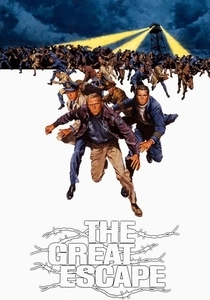
The Great Escape (1963)
Description: Although known for its escape plot, the film also showcases the engineering ingenuity of the prisoners in constructing tunnels to escape from a German POW camp.
Fact: The real escape involved three tunnels named Tom, Dick, and Harry, with the film focusing on the construction of "Harry."
 Watch Now
Watch Now 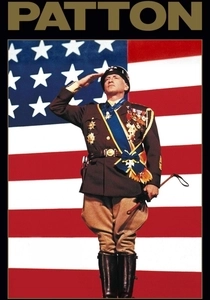
Patton (1970)
Description: This biopic of General George S. Patton includes scenes of the engineering efforts to build bridges and roads to support his rapid advance through Europe.
Fact: George C. Scott won an Academy Award for Best Actor for his portrayal of Patton, but famously refused to accept it.
 Watch Now
Watch Now 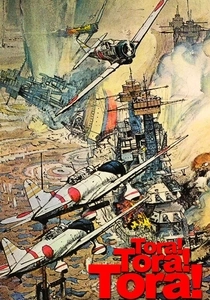
Tora! Tora! Tora! (1970)
Description: This film details the events leading up to the attack on Pearl Harbor, focusing on the engineering aspects of the Japanese fleet's approach and the American defenses.
Fact: The film was a joint American-Japanese production, with separate directors for each country's perspective, ensuring historical accuracy.
 Watch Now
Watch Now 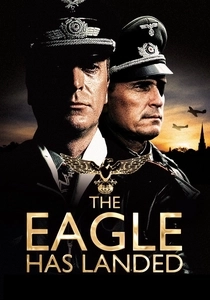
The Eagle Has Landed (1976)
Description: While primarily a WWII thriller, the film includes scenes of German paratroopers using engineering tactics to infiltrate England for a kidnapping mission.
Fact: The film was based on a novel by Jack Higgins, and it was one of the last films to feature Michael Caine in a Nazi uniform.
 Watch Now
Watch Now 
A Bridge Too Far (1977)
Description: This film recounts Operation Market Garden, where engineering played a critical role in the attempt to secure key bridges in the Netherlands.
Fact: The film features an all-star cast including Sean Connery, Michael Caine, and Robert Redford.
 Watch Now
Watch Now 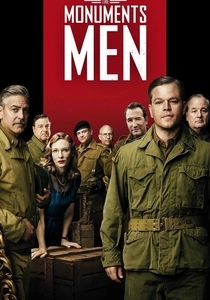
The Monuments Men (2014)
Description: This film follows a group of art historians and museum curators who use their engineering skills to recover stolen art during WWII, highlighting the intersection of art and military engineering.
Fact: The film is based on the true story of the Monuments, Fine Arts, and Archives program, which was tasked with protecting cultural heritage during the war.
 Watch Now
Watch Now 
